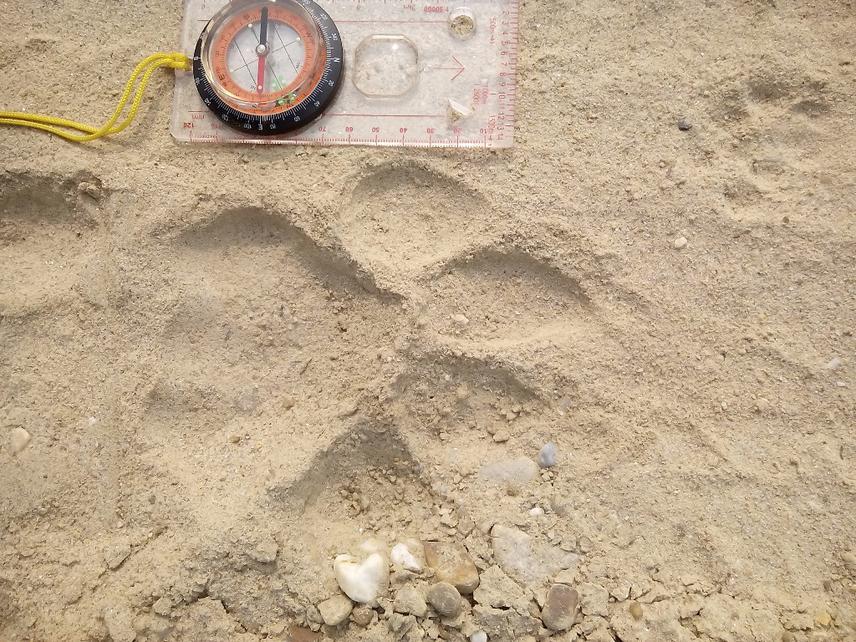Shivish Bhandari
Other projects
23 Jul 2015
Assessment of Suitable Habitat, Estimation of Population and Conservation of Striped Hyaena in Sarlahi and Rautahat, Nepal
23 Jan 2017
Ecology and Conservation of the Striped Hyaena (Hyaena hyaena Linnaeus 1758) in Lowland, Nepal
Large carnivores play a vital role for maintaining forest and grassland ecosystem. The striped hyena is one of the least studied carnivores with population trends declining in Nepal, due to loss of prey species, hunting, and habitat destruction. This study aims to develop human-hyena relationship and mitigate human-hyena conflict through wildlife tourism, homestay programs, and community outreach programs. Construction and promoting of wildlife tourism, conservation outreach programs, and scientific study will contribute to human-hyena conflict mitigation and lead to sustainable conservation of hyena and other large carnivores in Parsa National Park and its adjoining areas.

Image 1
Large carnivores play a vital role for maintaining forest and grassland ecosystem. The striped hyena is one of the least studied carnivores with population trends declining in Nepal, due to loss of prey species, hunting, and habitat destruction. Conflict between human and large carnivores is a significant problem in Nepal that often results in retaliatory killing of predators. These conflicts occur because of anthropogenic effects resulting in large carnivores, such as the hyena, being isolated to a few pocket areas of Nepal. Information on factors influencing the hyena populations across their distribution ranges in Nepal is also limited.
The Parsa National Park (PNP) and its adjoining areas are home to hyena. Parsa National Park (27.015-27.033 N and 84.041-84.058 E, alt. range 150-950m) is located in the south-central lowland Nepal and connected to Chitwan National Park in the west and extends to the Bara, Rautahat and Sarlahi forest in the east. The forest sites are mainly composed of tropical and subtropical species. Some sources estimate 919 species of plants have been recorded, including 298 vascular plants, 234 dicots, and 58 monocots. Sal forests compose about 90 percent of the Park's vegetation. Along the banks of the rivers, riverine forests are found containing species like Khair, Sissoo, and Cottonwood trees. In the north-eastern part of the area, at higher altitudes, Sal and Pine forests are occurring. Sabai is a commercially important species, grows well on the southern side. The study area is home to 40 species of mammals (tiger, leopard, hyena, elephant, etc.) 550 species of birds, 35 species of reptiles and amphibians, 14 species of fish, and 31 species of butterflies. Detail information on hyenas in PNP is unknown except its presence.
Therefore, this project will demonstrate the extensive field work and current status regarding habitat, threats, conservation initiatives and peoples’ tolerance level which may helpful in predicting the baseline information and lead to conservation of striped hyena in Nepal. Moreover, this project will conduct conservation awareness programs to mitigate human-hyena conflict and develop people’s attitudes towards large carnivores including hyena conservation in this site. This research also provides knowledge to the local people to sustaining essential ecosystem-services that forests provide, including watershed protection, soil conservation etc., and the establishment of alternative income generation sources for human-hyena conflict mitigation will be helpful to long-term hyena conservation in Nepal.